The Hall, Bradford-on-Avon: A house that's a perfect expression of its style and a nursery for great British invention
The Hall in Bradford-on-Avon, Somerset, is a fine Jacobean house that's one of the finest surviving examples of its type. Nicholas Cooper explains its architectural and historical importance, and how it became home to some remarkable mechanical minds. Photographs by Paul Highnam for the Country Life Picture Library.

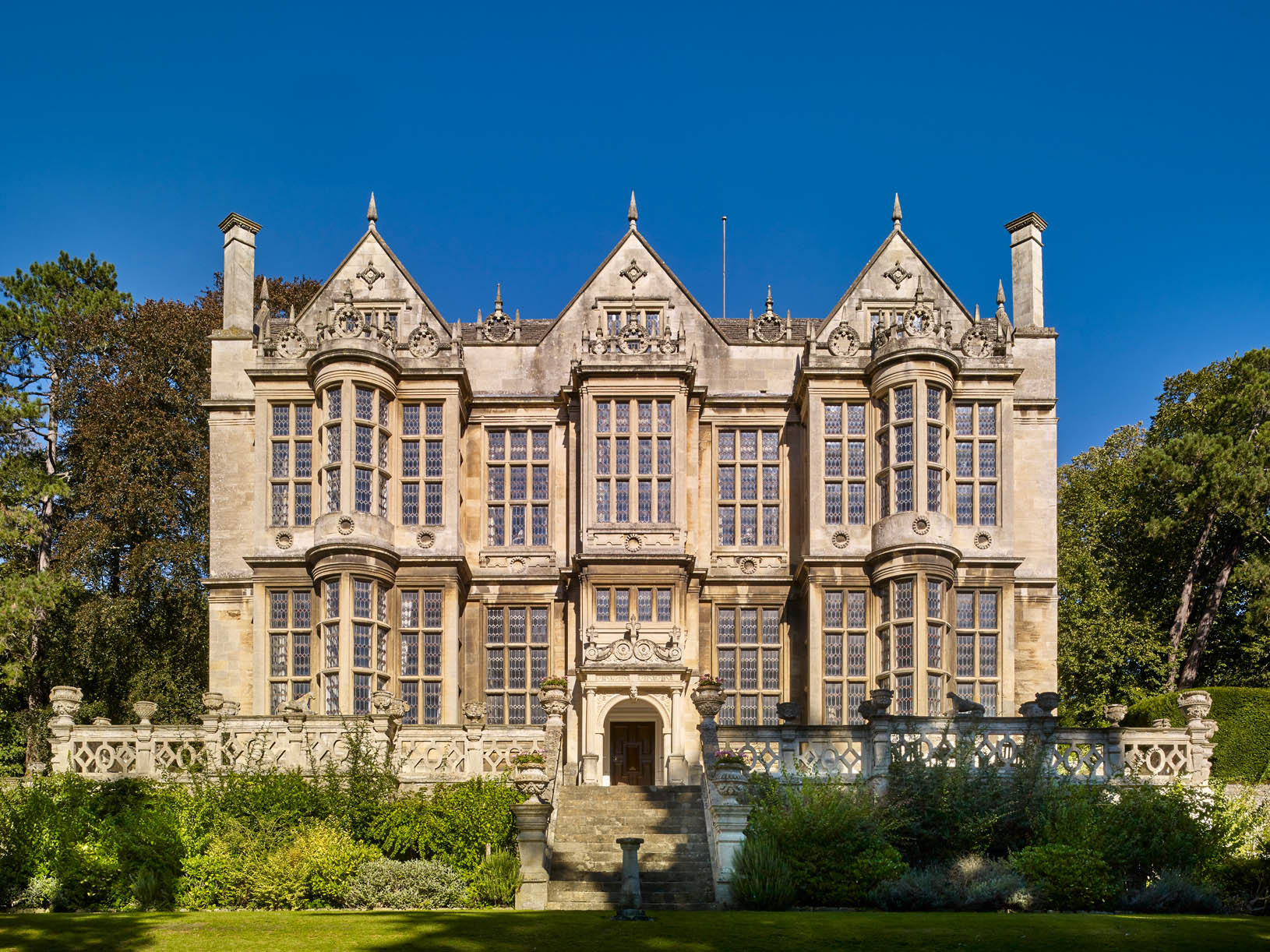
-Some buildings seem to be perfect expressions of their style. The Hall at Bradford-on-Avon in Wiltshire is one of them. In many Jacobean houses, the composition seems swamped by the exuberance of its detail, so that neither is seen to best advantage. At Bradford, the balance seems just right.
In 1670, John Aubrey wrote that it was ‘the best built house for the quality of a gentleman in Wilts. It is of the best architecture that was commonly used in King James the First’s reign’. Aubrey knew Wiltshire well and was among the first to recognise the distinctive character of early-Stuart buildings.
The site is also lovely, looking south, down a steep slope towards the River Avon, and must have been lovelier still before the later building of woollen mills along its banks. The house’s date is not known for certain, but it was almost certainly built by John Hall, who inherited an older house in 1597, married a rich wife and died in 1620.
The Hall family had been in Bradford since the 12th century, gradually building up their holdings in the county, intermarrying with local gentry families and already providing an MP for Bath in the 1450s. The area had long been rich from the woollen industry; whether the Halls were themselves involved is not known, but it seems probable, as it provided fine opportunities for investment.
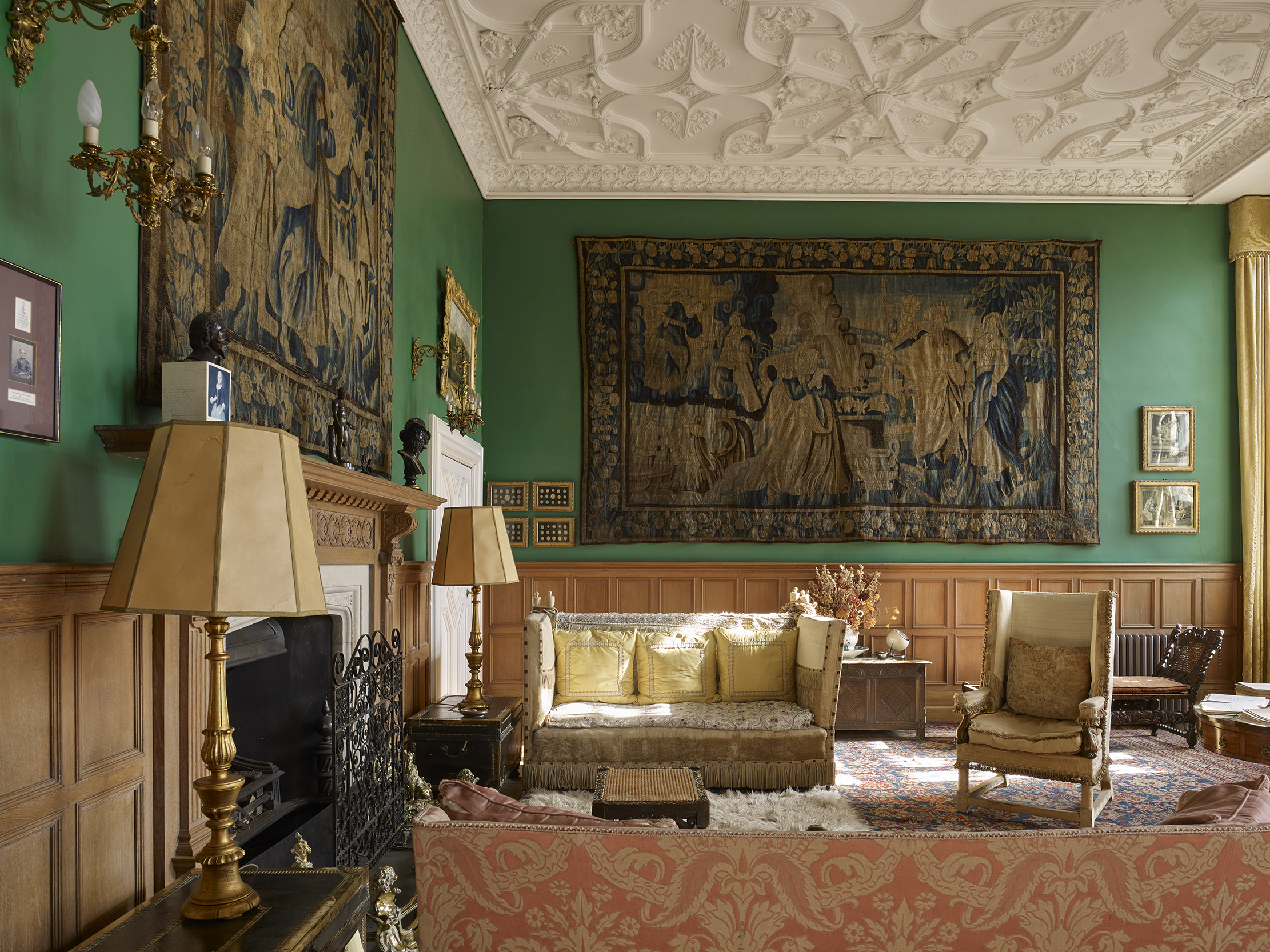
Until the invention of powered spinning and weaving, most of the work was done by hand and surnames ubiquitous today indicate how universal the work was: Weaver, Fuller, Walker, Dyer, Sherman (shear man). (Spinner does not occur as a surname because spinning was women’s work.) Someone had to supply the raw materials, coordinate the processes and market the finished products; these were the clothiers, men with capital. And although successful clothiers needed agents far away, they themselves had, of necessity, to live close to where the operations were carried on and that, ultimately, meant living not too far from where the wool came from. Cotswold towns are still full of their fine houses.
Those who owned land as well — members of the gentry class who were involved in the cloth trade — used their profits to build houses worthy of their position in the economy and society. The Hall is a building of fairly modest size, but standing in its own grounds and possessing the architectural distinction of a much larger house.
At the time of its construction, The Hall was not unique in being a building of modest dimension, but decorative ambition. Such houses were already being built in the outer suburbs of London, the villas of courtiers and rich City merchants who wished to enjoy the pleasures both of town and country (the word ‘villa’ itself would shortly be adopted in England to describe just such a house, a new word for a fairly new concept).
Exquisite houses, the beauty of Nature, and how to get the most from your life, straight to your inbox.
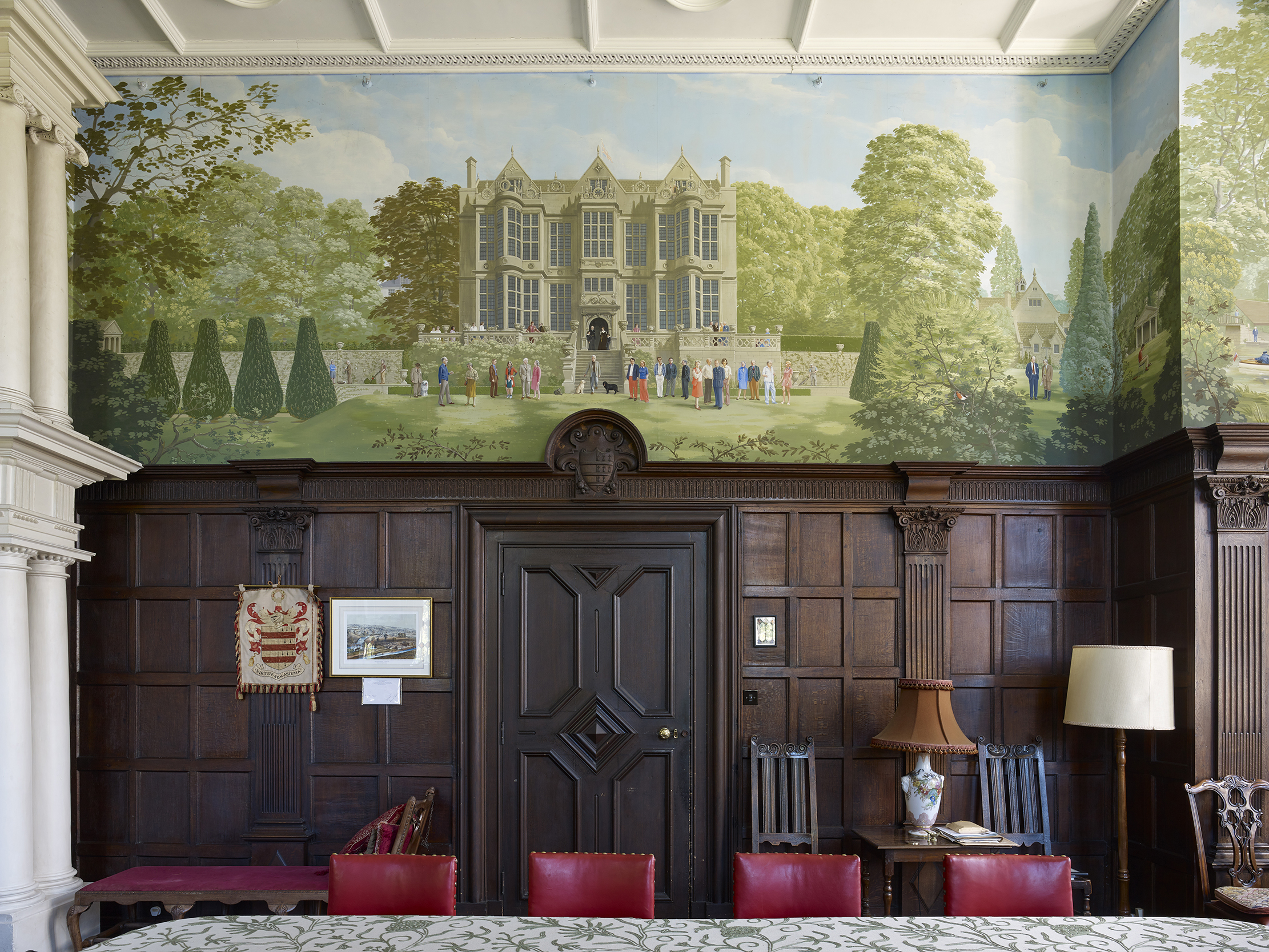
Not dissimilar houses were built in the outlying parks of aristocratic country estates as hunting lodges in which their owner could stay and entertain his friends with less formality than in his great mansion, but still provide accommodation that matched his social class and their expectations. In these villas and lodges novel, more compact plan forms were being worked out.
The Hall is not a lodge nor, strictly speaking, a villa; although it stands on the edge of the town, Hall evidently built it as his principal home. However, the underlying concept of a sophisticated house of moderate size was, by 1610, well established and provided a model that met his needs.
There are other houses of broadly similar character in the Bath, Bristol and Trowbridge areas that were built for men of comparable backgrounds, but The Hall is probably the finest of them all.
Its plan has been much altered, but is, in part, recoverable and combined the up to date and the traditional. The house is two rooms deep, a relatively novel arrangement. It was entered through a screens passage at the service, ‘low’, end of the hall, a layout that had been common practice in superior houses for centuries. However, instead of the parlour lying beyond the hall in the time-honoured way, it is now on the opposite side of the screens passage.
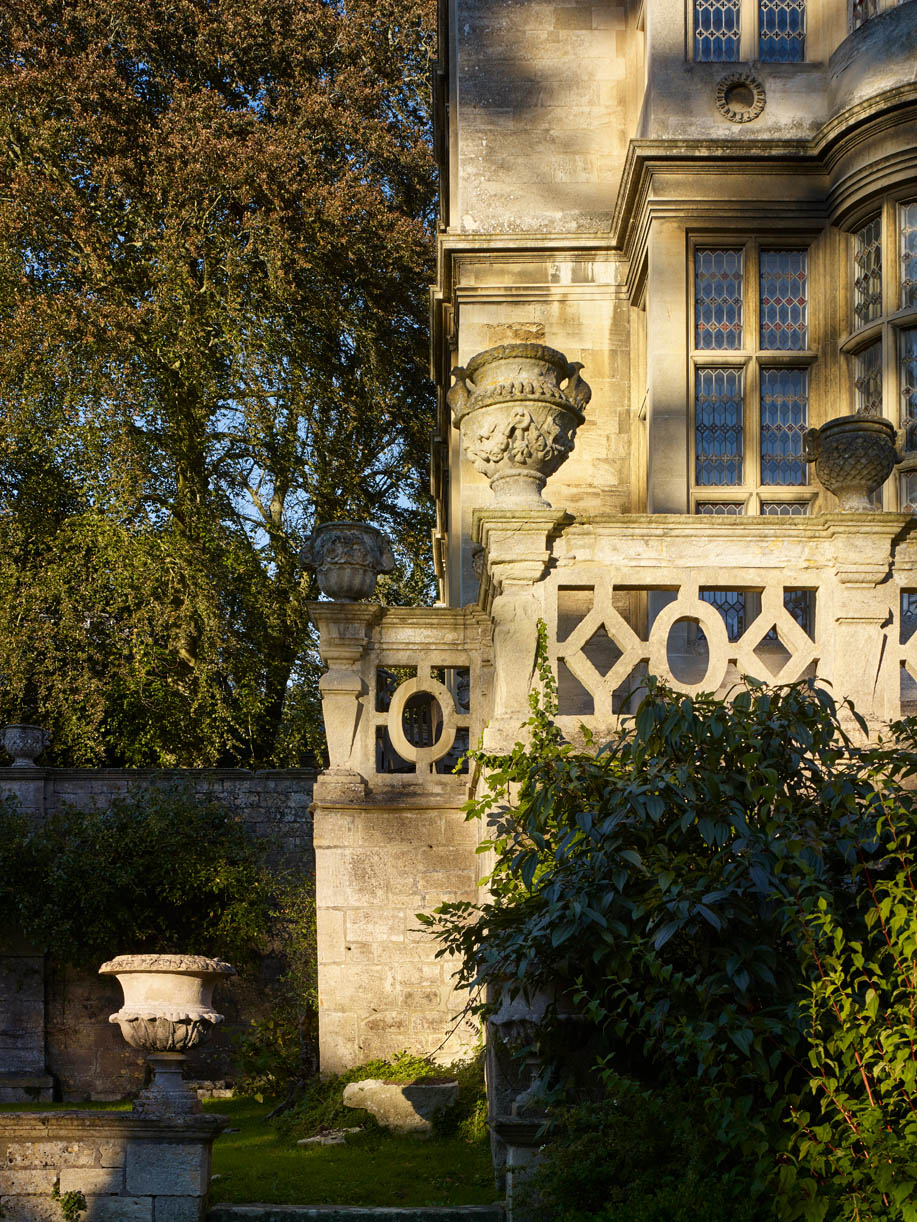
The principal stair, which would also formerly have been beyond the hall at the ‘high’ end of the house and by which guests would ascend to the great chamber above, is now at the centre of the rear range, roughly in line with the entrance passage. The kitchen is still at the ‘low’ end of the house, but lies behind the parlour.
It was in villa-like houses such as The Hall that new domestic layouts were being worked out, plans that would ultimately crystallise into the familiar, four-square, double-pile plan of the classic Georgian house. The Hall already contains germs of the new form.
Also non-traditional is the arrangement at Bradford whereby the rear range of rooms contains a mezzanine. It has been suggested that this is an alteration, as, in order to preserve a uniform exterior, the floor of the mezzanine has to interrupt windows, but such contrivances occur elsewhere — there is something similar at Montacute — and there is no reason to believe that it is not original here. The stair has been much altered, but its original form is suggested by the window arrangement on the north side.
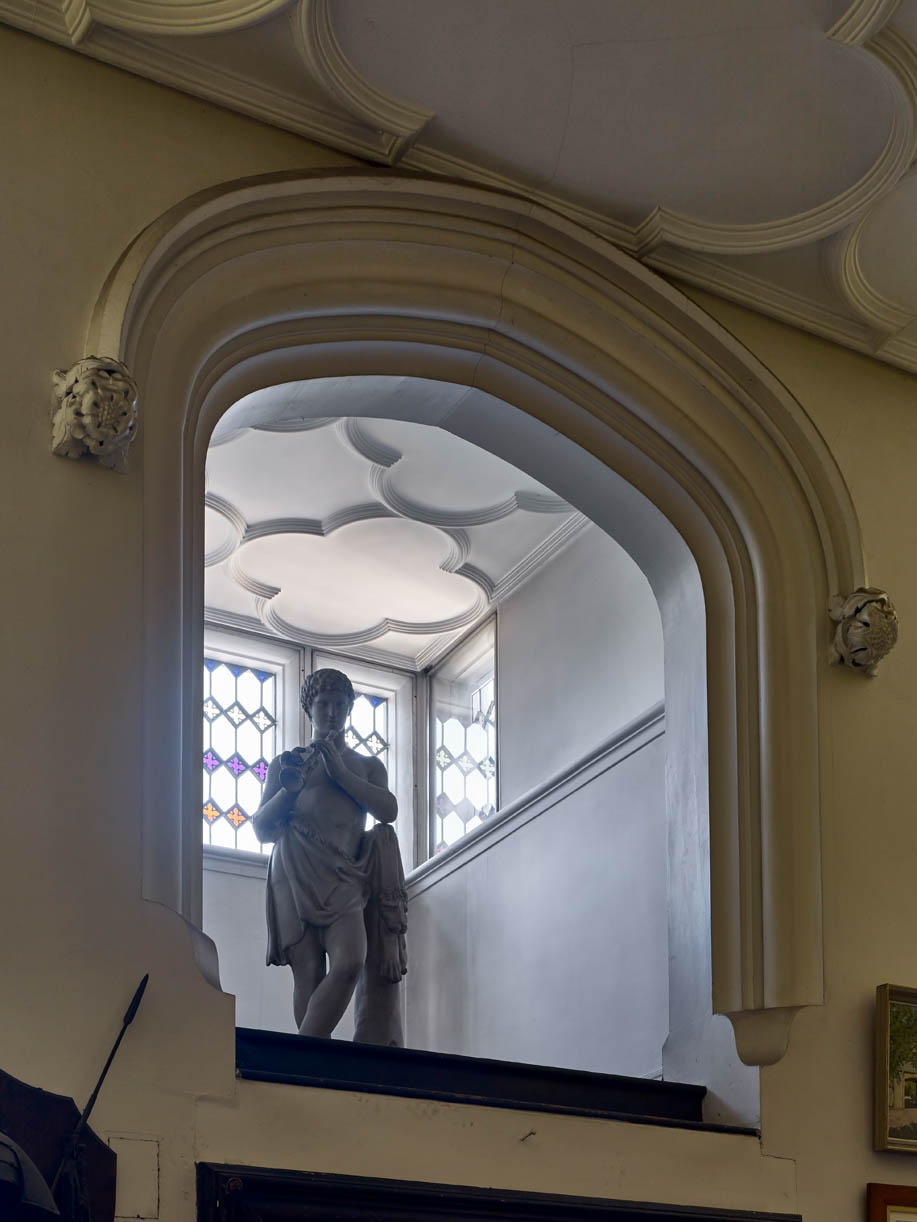
It has also been suggested that The Hall is the remodelling of an earlier house. There may be reused timber in the roof and some walls seem unexpectedly thick, but if any earlier work was incorporated, it does not seem to have determined the plan of Hall’s new building, which is comparable with contemporary innovations elsewhere.
There has long been speculation as to who designed Bradford and, naturally, Robert Smythson has been suggested. Early in his career, Smythson had worked at Wardour and Longleat in the same county, but, by 1600, he was working and living far off in Nottinghamshire and there seems no particular reason why Hall should have sent to Smythson for a plan.
Many years ago, the late Arthur Oswald made a strong case for the involvement of William Arnold, who lived at Charlton Musgrove, 20 miles away, and is known to have been the mason architect of Montacute and Cranborne, where he worked for Lord Salisbury. Bradford and Montacute have very different plans and their elevations are very differently composed, but each is clearly the work of someone with a sensitive eye for a balanced composition.
Some of the same idiosyncratic details occur in both, as well as at Cranborne. These include curious overmantels on which a strapwork cartouche seems to have been cut in half and shell-hood niches with the whorl of the shell at the top rather than at the bottom. Arnold probably began his career at Longleat; the sills of Bradford’s windows are almost identical to those of Longleat, built 30 years earlier.
The difficulty in making architectural attributions at this date is that relations between client, designer and contractor (itself an anachronistic term) were not yet formalised and the fact that these details occur in other houses does not mean that Arnold designed them all. Oswald listed some of these, and other places can be added. Over-mantels with half-cartouches also occur at Hanford, Herringston, Stockton, Wayford and Wolfeton; similar shell-hood niches at Poxwell, St Catherine’s Court and Wayford.

There are other shared details with houses in the region. Overmantels at Bradford and Montacute have distinctive bands of giant egg-and-dart moulding, which occur also at Stockton, Wayford and Wolfeton; paired columns in the overmantel of Bradford’s dining room occur at Stockton and Wolfeton, too, as well as at Chavenage, Lasborough, Prinknash and South Wraxall.
These are distinctive enough to suggest the work of a mason or a group of regional craftsmen from whom all these details probably came, but they are not enough to show that one man designed all of these houses.
Men who provided the plans did not necessarily supervise their building or design their ornament (at Hardwick, despite his vast experience and his training as a mason, Smythson appears simply to have supplied the plan, but the actual building was supervised by others, who may have modified his plan in the process). Although Arnold’s involvement seems very possible, it cannot be proved.
However smart they may once have been, houses go out of fashion and families die out. The last descendant of John Hall, the builder, was his illegitimate great-granddaughter Rachel, who inherited from her father — another John Hall — in 1711 and married William Pierrepont, Earl of Kingston.
The Hall family may have been upwardly mobile in a social sense, but were perhaps downwardly in others; her father had been brother-in-law and executor to the notorious Thomas Thynne of Longleat, who was assassinated in 1682 and whose murder is graphically depicted on the monument that this last John Hall erected to him in Westminster Abbey. Rachel’s own life would become scandalous; those of her son and his wife still more so.
The Pierreponts had grander houses than Bradford, notably Holme Pierrepont in Nottinghamshire, and had little use for Bradford except as a source of income. For the moment, the Hall family’s contents remained and an inventory taken at The Hall in 1726 indicates that little had yet been changed.
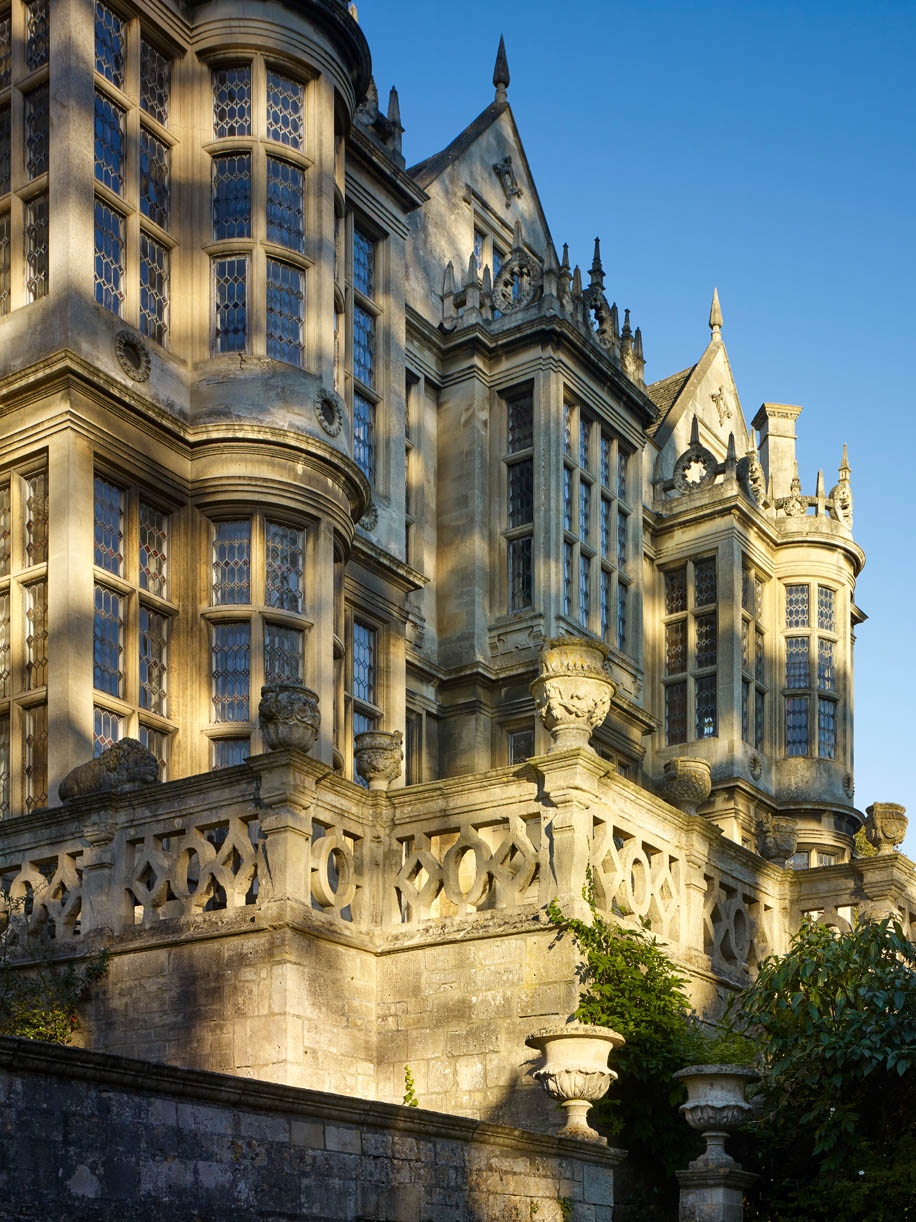
For the rest of the century, the house would be let out or leased. The Pierreponts retained an office and a muniment room in The Hall where their agent could administer the local estates and, from time to time, a few rooms would be reserved for the family’s use if they were taking the waters in Bath.
A succession of clothiers took the rest of the house and part of the garden became a work yard. Many of the internal alterations in the house probably had their origin at this period, a time when it was architecturally unfashionable, had ceased to be an upper-class home and provided lodgings for weavers. The amenities also began to suffer, as a growing number of fulling mills were built along the river below.
In 1805, the Pierreponts, doubtless realising that they would never need the house and that the character of the area was fast changing with the industrialisation of the woollen industry, sold it to a Londoner, who built a new, five-storey mill — called Kingston Mill in honour of his noble predecessors — straddling a mill leat opposite.
The house itself was said to be ‘in a sadly decayed and dilapidated condition’ when, in 1848, it was bought by Stephen Moulton, whose heirs have retained it until now.
The Hall was built for the Halls, a local family who probably had interests in the thriving West Country woollen trade at a time when wool and cloth comprised the greater part of England’s exports. Although The Hall is not large when compared with contemporary prodigy houses, its south front is an architectural masterpiece of its age.
Remarkable, too, is the fact that, for four centuries, The Hall remained the home of owners who lived close to their businesses. The builder’s descendants left Bradford in the early 18th century, but let or leased the house to a succession of clothiers. In 1807, they finally sold it to another, who built a five-storey mill, Kingston Mill, beside a leat at the bottom of the garden. In 1848, hall and mill were bought by Stephen Moulton, establishing a company and a family home that would endure for another 150 years.
In the early 19th century, it was still not unusual for a mill owner to live ‘over the shop’, as embodied by men such as Mr Milbank in Disraeli’s Coningsby and the Thorntons in Mrs Gaskell’s North and South. However, by the 1990s, when the successors to the original Moulton firm relocated the last of their Bradford business and the last of the family had severed his connections with it, such proximity was probably unique. Quite apart from its architectural distinction, The Hall is an important document of a phase of industrial history, made the more so by the objects and the archive it still contains.
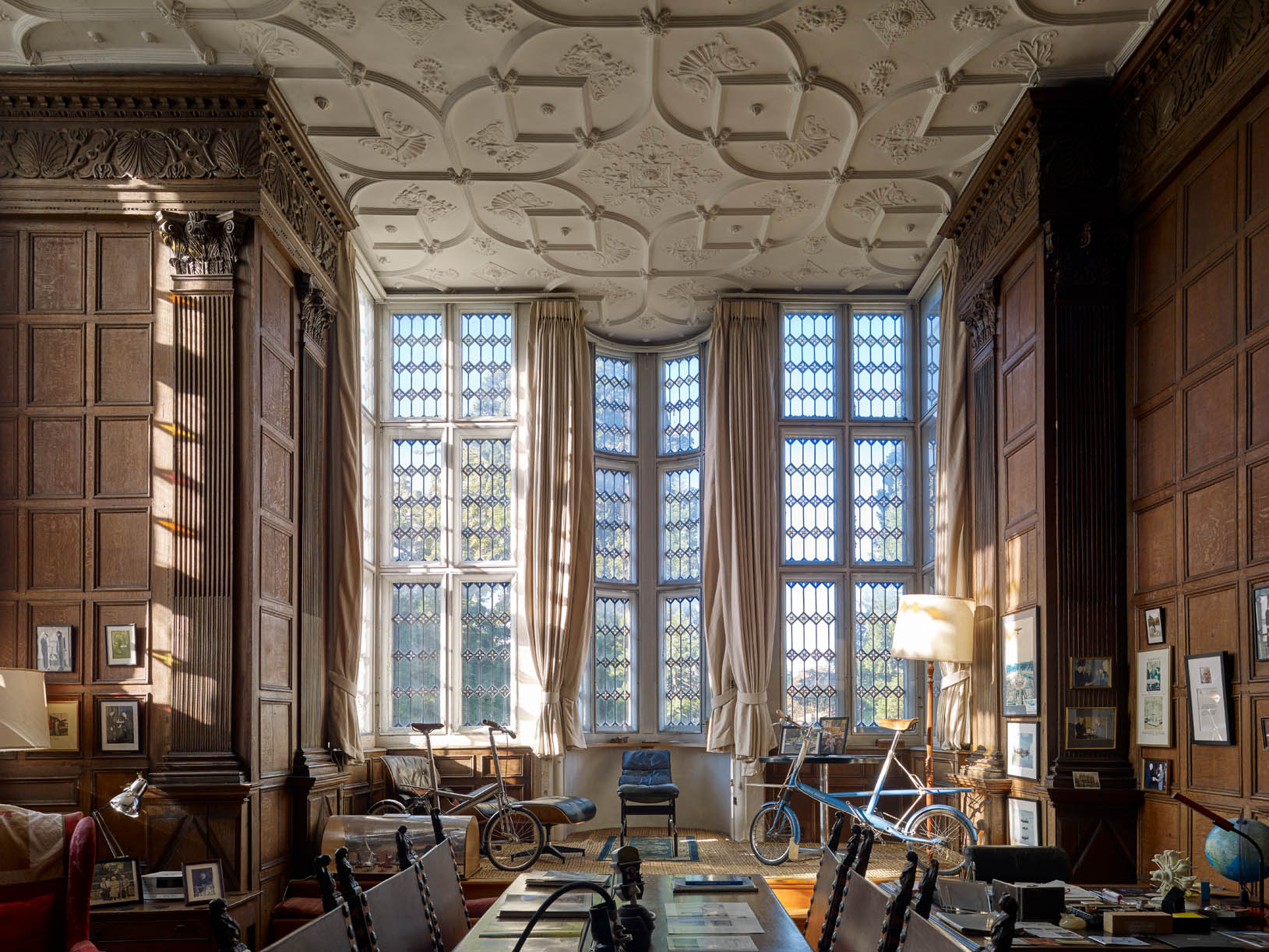
Moulton, the purchaser in 1848, was working in New York when, impressed by the promise of Charles Goodyear’s experiments with rubber and waterproofing, he decided to bring the processes and patents home to England. The woollen industry was in steep decline and the town offered buildings, good communications by rail and water, fuel from the Somerset coalfield and a labour supply.
Despite lengthy and controversial patent wrangles, Moulton’s rubber factory flourished, as did its reputation for high quality of manufacture and design, particularly on the fast-growing railways. Moulton would discover that, in England, another patent invalidated Goodyear’s, but there were other uses for the developing rubber technology. Springs, seals, buffers and hoses are unglamorous, but vital. Without them, goods would be smashed, passengers shaken to pieces and mechanical parts would fail. Appropriately engineered, rubber technology would solve many problems.
In partnership with a firm already making such equipment and with which, in due course, it merged, the Spencer Moulton company would supply these basic essentials to British and foreign railways for a century, constantly improving technologies and manufacturing processes.
When Moulton bought The Hall, it had probably not been lived in as a family home for many years and its long use as a store, an office and lodgings for workers had left it in a poor state. In the 18th century, Elizabethan and Jacobean architecture was almost wholly unappreciated, but tastes change and the middle years of the 19th century were probably the high-water mark of the style’s revival. Its uniquely native roots appealed to English patriotism and its decorative extravagance offered scope for a legitimate display of Victorian wealth.
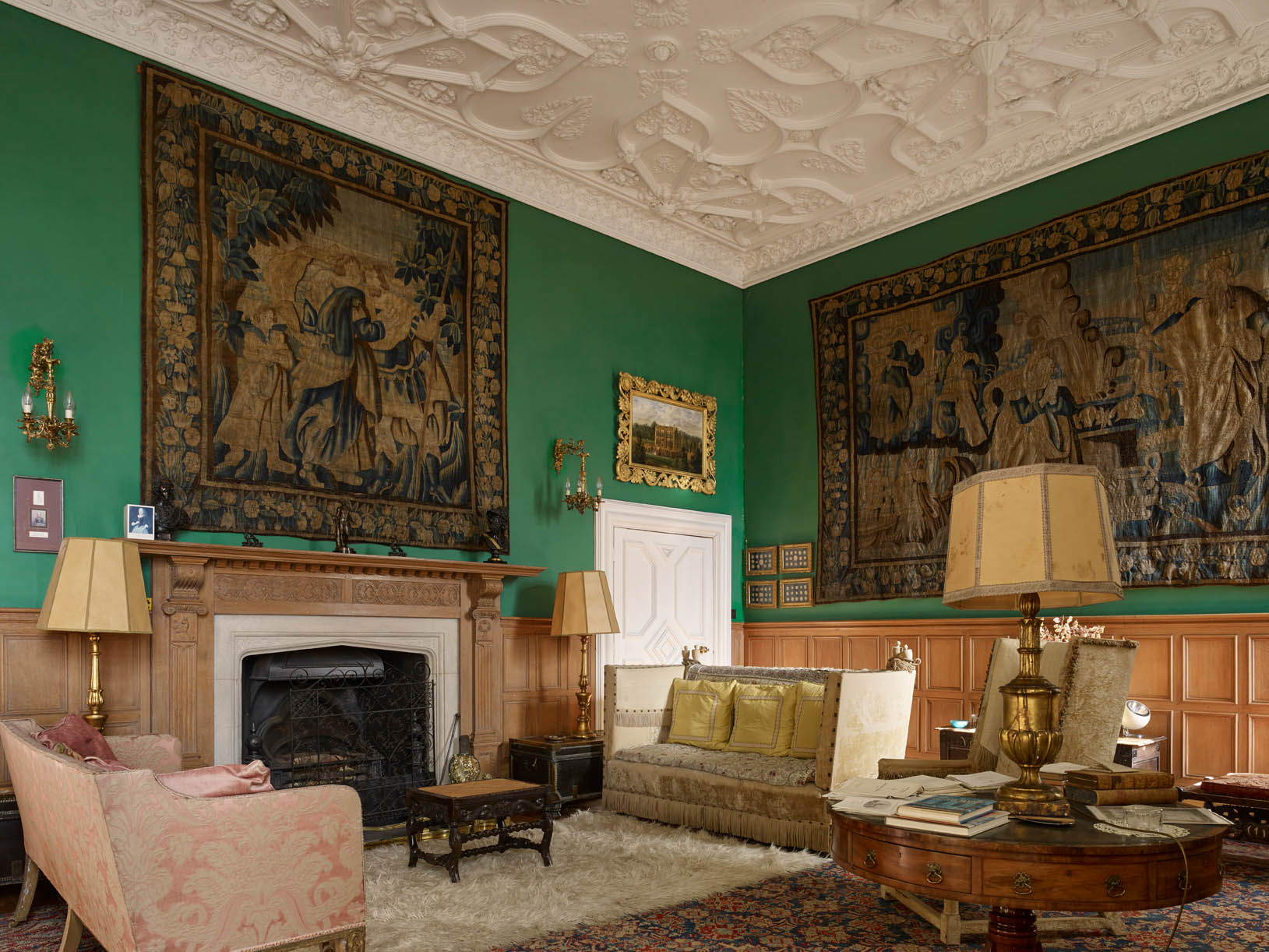
J. Richardson had published drawings of The Hall in 1837, one of several contemporary works with illustrations of approved architectural models for those who aspired to build. Moulton clearly appreciated the need and the opportunity to restore the house.
There have been quite a few changes from the original plan and it is not clear how many of these were made by Moulton and how many had been made already. The principal alteration has been to the front range, which probably first contained only two rooms: the western two-thirds were taken up by a large hall entered traditionally by the front porch. A parlour occupied the eastern third.
The hall was subsequently divided up to make a dining room and a separate entrance hall, a division that left the splendid, original fireplace rather close to the inserted partition. The dining-room walls are lined with panelling from elsewhere. The parlour retains both its original chimneypiece and pilastered wainscot, although the ceiling — convincing at first glance — may be 19th century. The present stair is relatively modest in form and scale, does not follow the lines of the original and is probably Victorian. Moulton had the windows of the house reglazed and an unknown quantity of external stone carving renewed.
There are slight discrepancies between existing masonry details and those recorded by Richardson and it is unclear whether these are because Moulton’s stonemasons failed accurately to copy original work, decided to improve on it or perhaps because Richardson made errors in his illustrations.
It scarcely matters: the differences are insignificant and what does matter is that, thanks to Moulton’s care, we can still enjoy one the finest surviving Jacobean façades and much of its original decoration.
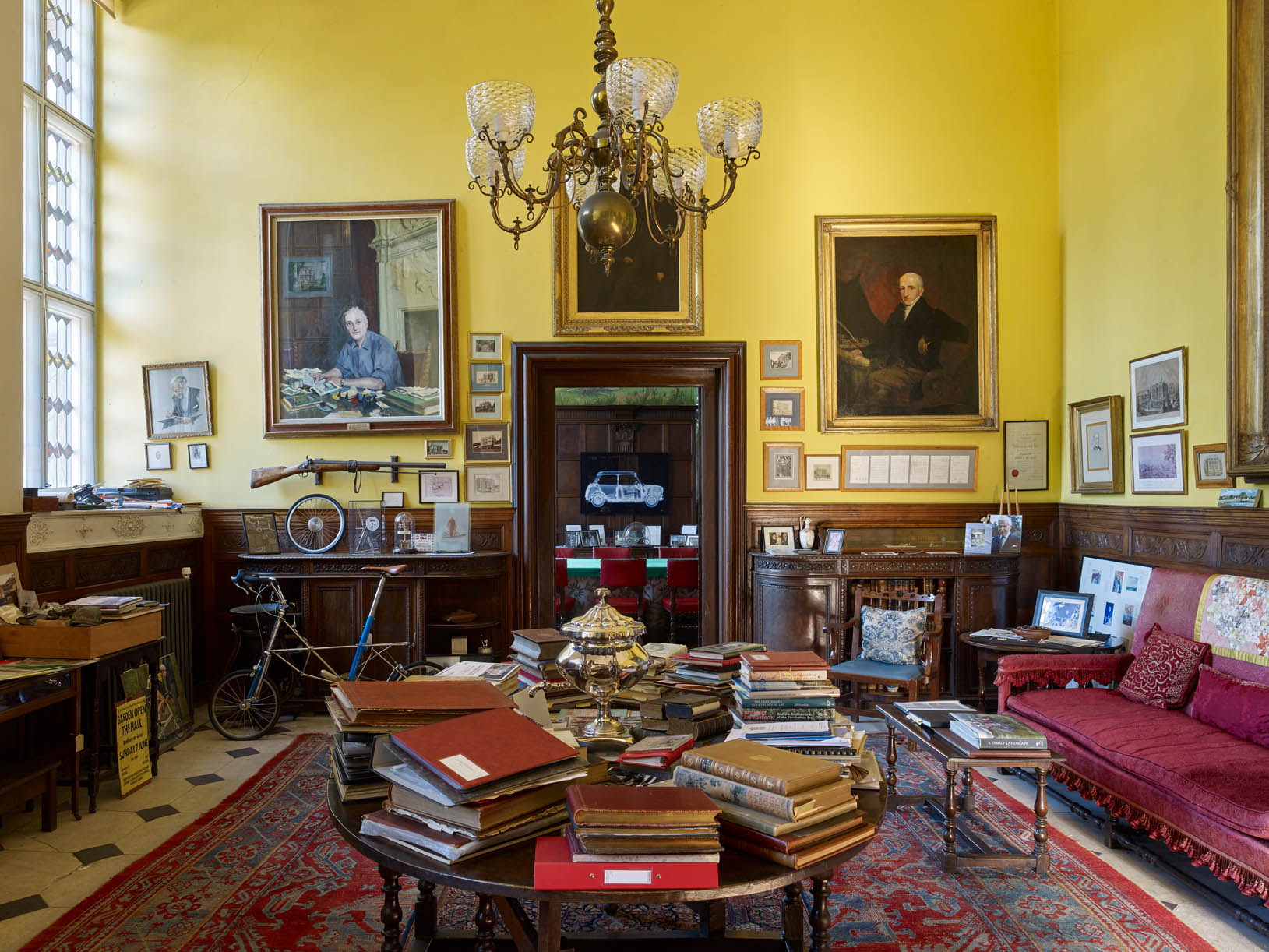
It’s mark of just how admired this building was that Edwin Lutyens (then ‘a young architect of conspicuous ability,’ wrote Country Life) took the façade of The Hall as the model for the British pavilion for the Paris Exposition of 1900 and reincarnated it on the banks of the Seine.
The Rue des Nations comprised a long parade of the characteristic architecture of 23 countries taking part and, compared with the bizarre historical fantasies offered by many exhibitors, the façade of the English pavilion was a very authentic copy, save for the picturesque chimneys that Lutyens placed at either end.
It should be said that the interior, a fascinating melange of fashionable tastes, bore no relation to Bradford. There were plaster ceilings from Knole and Broughton Castle, reproduction Elizabethan wainscots by the Bromsgrove Guild, tapestries by Burne-Jones and innumerable 18th-century portraits by Reynolds, Gainsborough and Romney.
However, Country Life’s writer considered that ‘it would have been difficult to find any pattern more appropriate’ for the pavilion than Bradford and declared that ‘there is nothing more artistically charming’.
In their present form, the gardens were largely created for John Moulton, Stephen’s son, in about 1900. Stretching deep into the town centre, tree planting protects the house from town noise. At a little distance from the house are the attractive stables designed by Sir Harold Brakspear in 1901 and soon converted to a motor house. Early motoring enthusiasts, photographs show Eric Moulton and his family in a rakish 40hp Mors.
Alex Moulton, the last of the family to own The Hall, was Stephen’s great-grandson and, against this background, his career in the family firm seems preordained. When still in his early teens, he built a steam-powered car and an engineering degree at Cambridge was interrupted by the Second World War, when he was recruited as assistant to Sir Roy Fedden, the brilliant chief design engineer at Bristol Aeroplane.
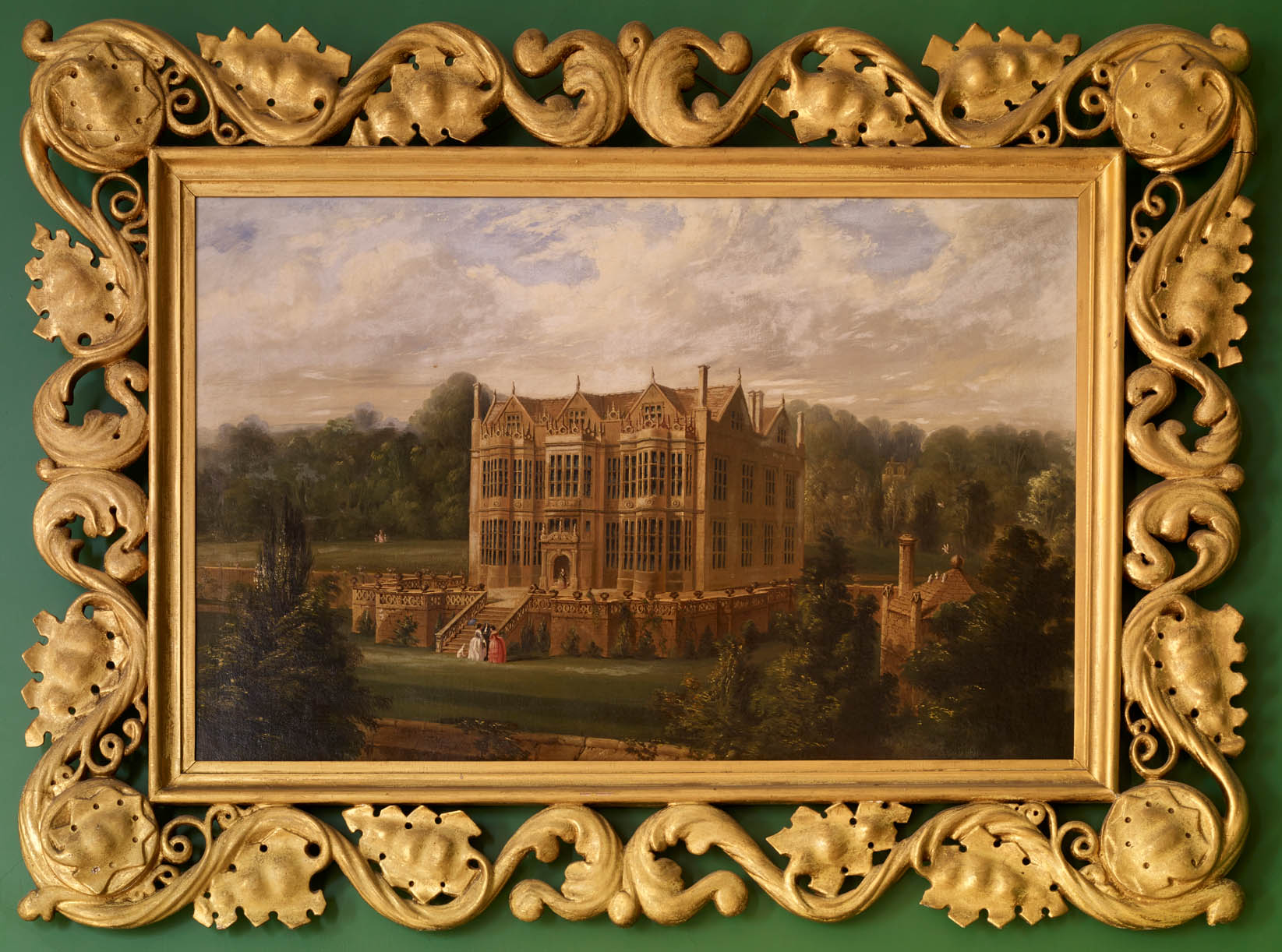
After the war, he went back to Cambridge to complete his degree, but Fedden’s contacts and reputation, Moulton’s inventive talents and the fact that, in wartime, protocol and business hierarchies must often be sidestepped meant that, when he returned to Bradford in 1947, Alex already had broad and very varied experience and a wide range of friends in the engineering world.
Over the next 50 years, he turned his attention to a huge range of transport-related matters, some experimental, some profitable, and all innovative. He seems to have also been blessed with a flair for friendships among those who shared his enthusiasms and his keenness to explore technical problems.
With the great car designer Sir Alec Issigonis, Moulton developed a remarkable suspension system that, in the 1960s and 1970s, gave the BMC Mini and 1100 a ride comparable to the smoothness of much larger (and more expensive) cars and which, with modifications, continued in production for 40 years from 1959 to 2002. A prototype of the system, fitted to a Morris Minor, was proved by being driven undamaged over Continental pavé for 1,000 miles.
Moulton also developed the first (and, in many people’s judgment, still the best) small-wheel bicycle, using a rubber suspension and a unisex ‘one-size-fits-all’ open frame.
After initially courting Raleigh, which then dominated the industry, Moulton set up to manufacture the bicycle himself, backed by a powerful team of sub-contractors that included BMC. Within a year, he was the second-largest maker in the country; by 1970, one-third of bicycles sold in Britain were small-wheelers. Raleigh took over Moulton’s bicycle company in 1967, but, in 1974, discontinued manufacture. Moulton eventually reintroduced his bicycle under his own control, but, having sold the original business lock, stock and barrel, had to design it anew as the Advanced Engineering Bicycle.
With these, some remarkable feats were achieved, including a 51mph speed record (which still stands) and a coast-to-coast ride across the USA, covering more than 300 miles per day. The bicycles are still made, the most advanced models (with an extraordinary, openwork space frame) being hand-built in the former stables of The Hall.
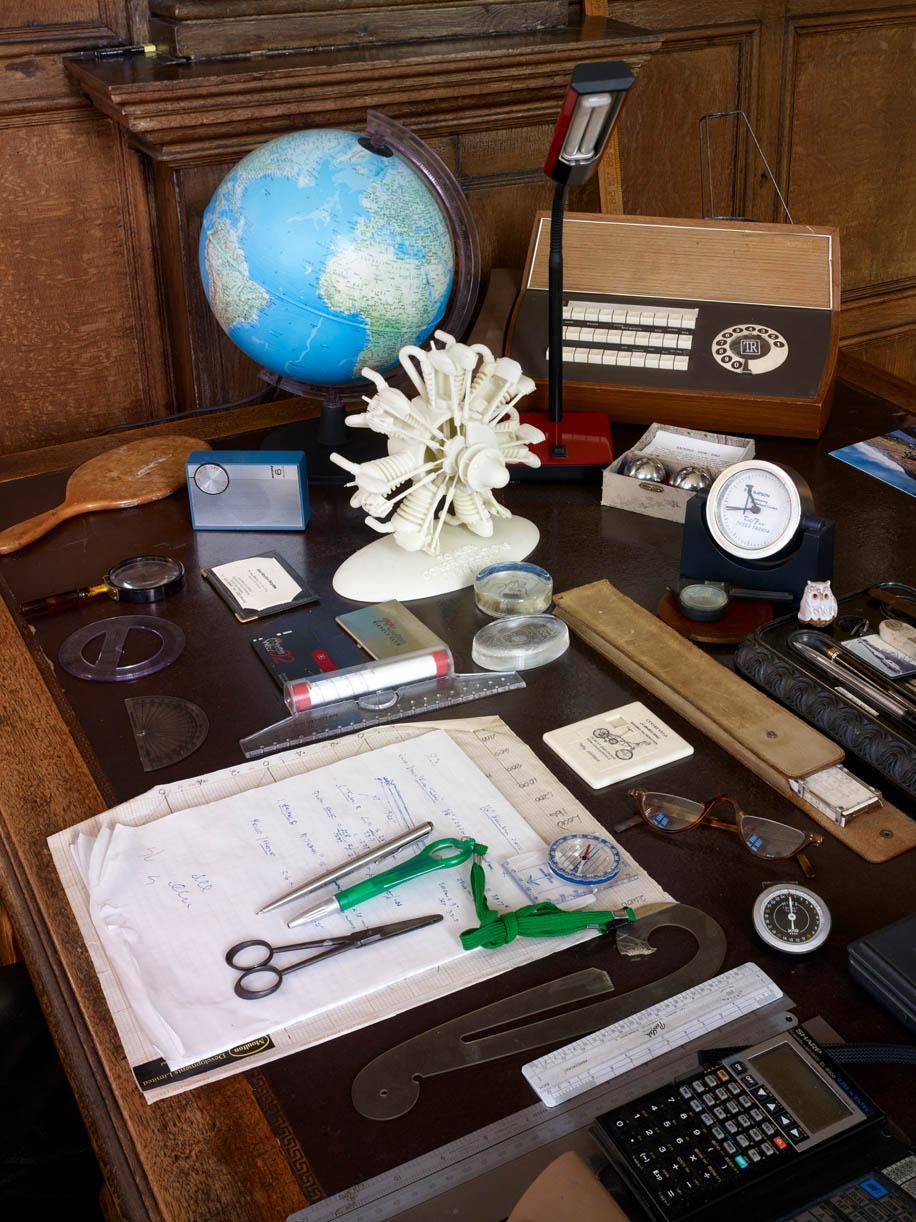
Bradford is not — as many fine houses are — a showplace of the decorative arts. It might rather be compared to the house of a writer, which, by providing an insight into his or her personality, can lead one to a deeper appreciation of their work. Almost everything there relates in one way or another to Moulton’s extraordinary creativity.
Everywhere, there are models, bicycles and specimens of his inventions; walls are hung with photographs and documents relating to projects and products that he, his company and his family were involved with over a century and a half. In the dining room, there is a 1970s mural by Graham Rust, showing Alex on the terrace in front of The Hall with members of his family and company staff.
Upstairs are 1952 and 1965 views of The Hall, the Works and their surroundings, painted by Tristram Hillier. It is easy to see how Hillier’s style, which combined precision with great freedom of composition, appealed strongly to a man with a comparable originality of vision.
Moulton, as did all great engineers, solved problems with an instinct sharpened by a huge understanding of possibilities and materials and then, once an idea or a solution seemed worth exploring, confirming or modifying these by rigorous experiment and trials. However validated by theory and calculation — as it invariably was — his work remained in the great, perennially fertile tradition of engineering as craftsmanship.
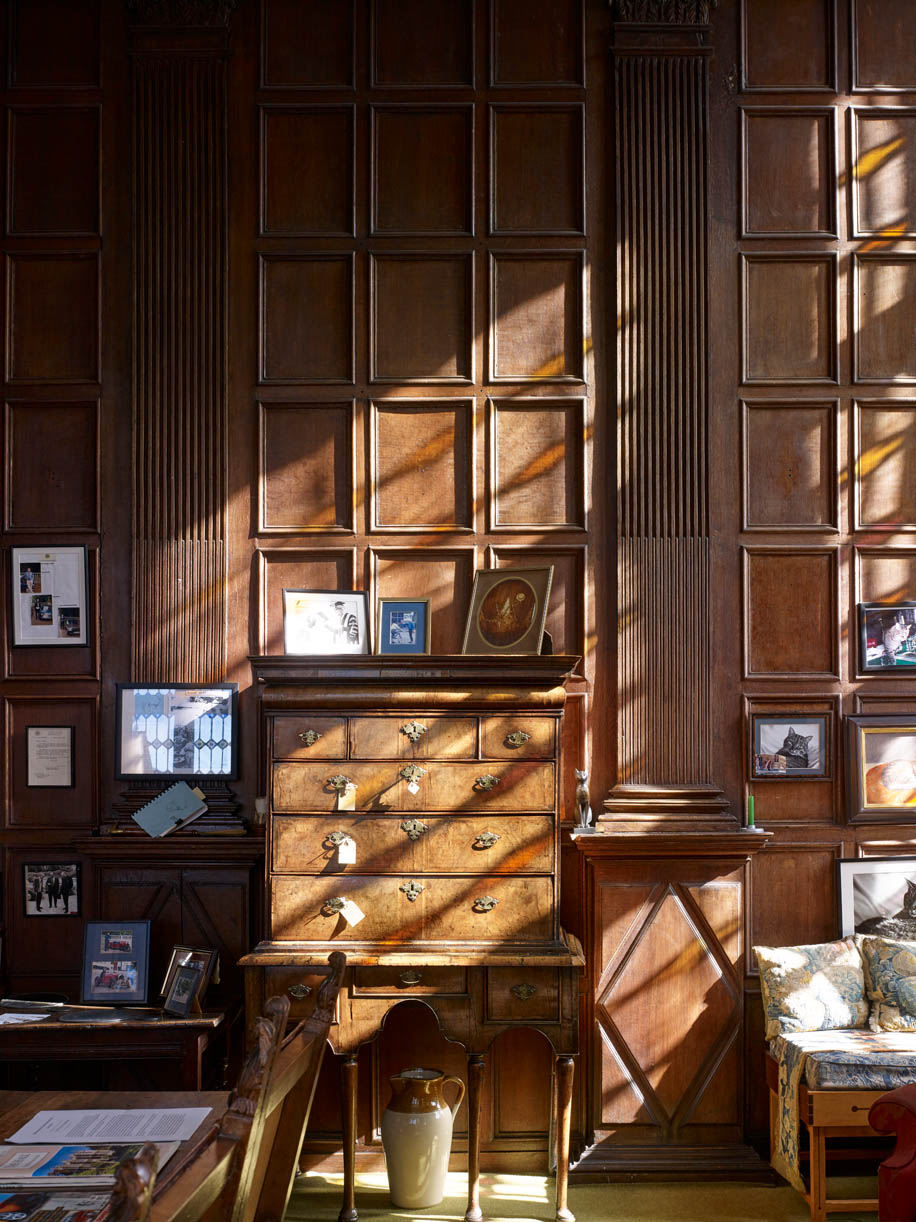
A pleasure for non-technical visitors to The Hall is to discover how original yet natural his methods seem to be and the insights they provide into the workings of a creative mind.
Moulton died in 2012. The Hall is still exactly as he knew it and is now owned by the trustees of the Alex Moulton Charitable Trust, set up to promote excellence in engineering education. The trustees are currently exploring how best to use the building and the remarkable archive they hold to promote the trust’s objectives.
The Hall, Bradford-on-Avon is open to group visits by arrangement. For details, and to find out more about the work of the trust, visit www.moultontrust.org
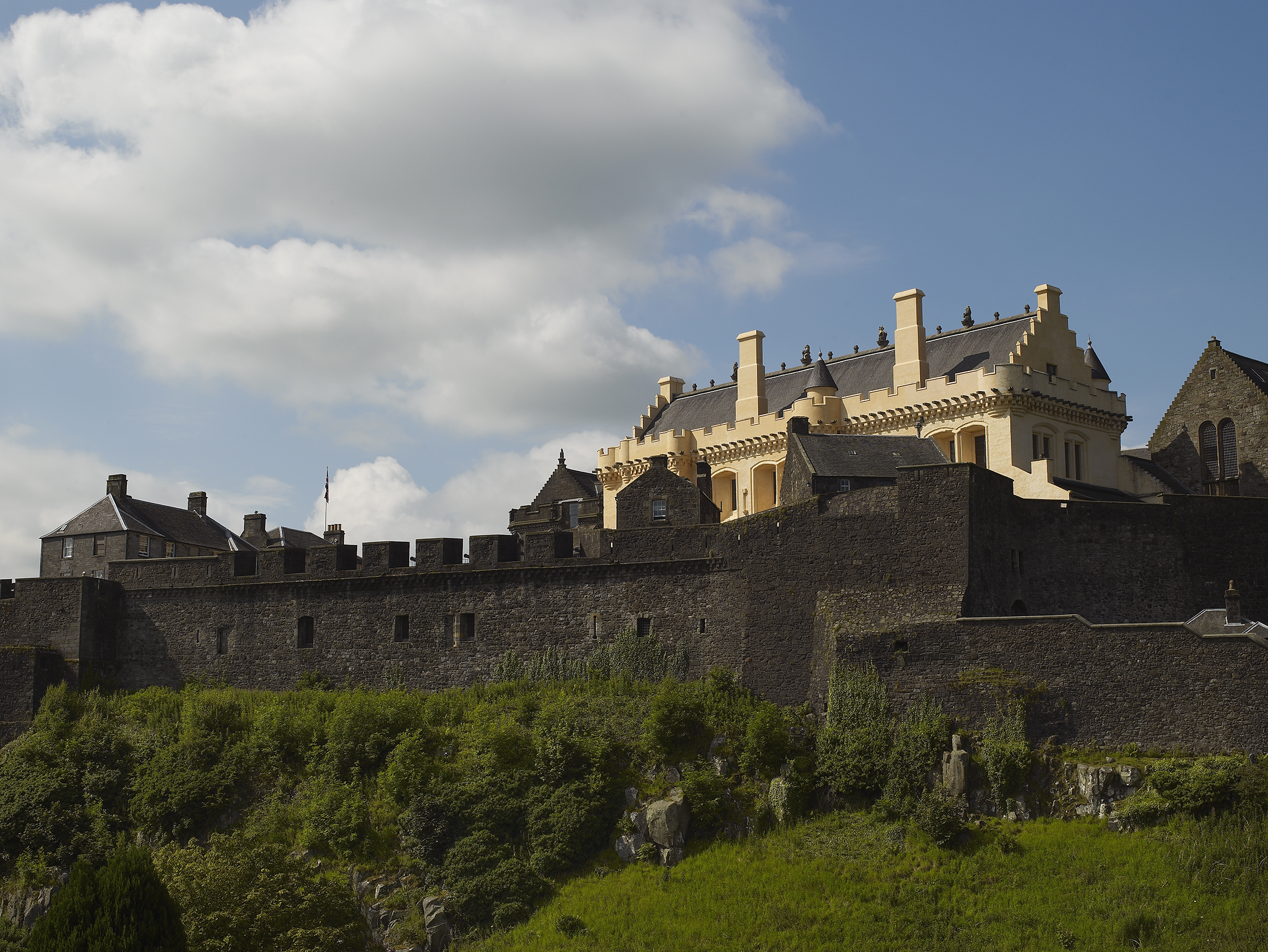
Stirling Castle: Renaissance of a Royal Palace
It was within sight of Stirling Castle that two of the most famous Scottish victories over the English were won.

Traquair House: The Tightrope of Power by John Goodall
A great Lowland house in Peebleshire offers a fascinating insight into the eventful history of its owning family. John Goodall
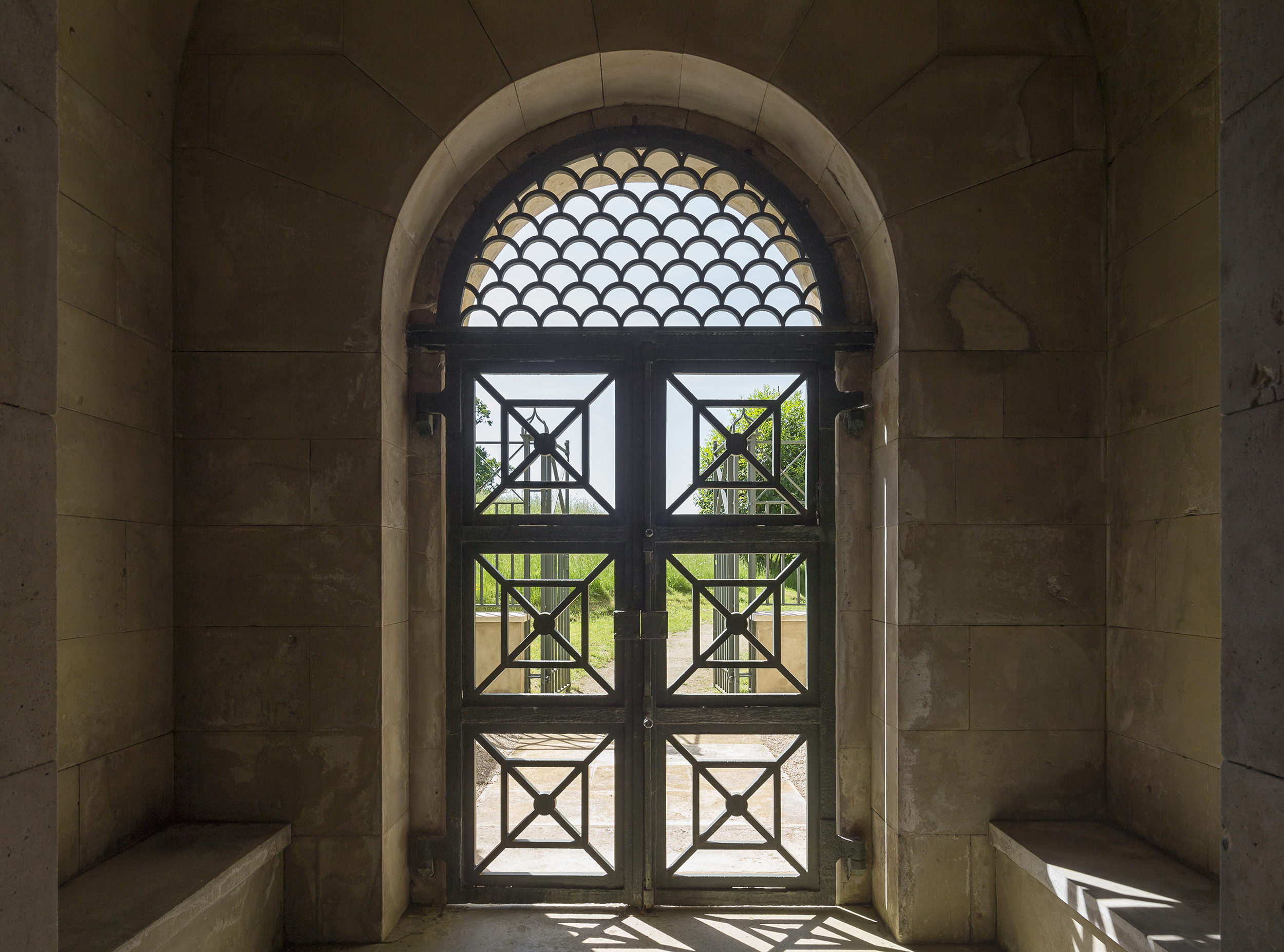
The Hope Mausoleum, Deepdene: As grand a resting place as any of the great and the good could wish for
The restoration of this once-forgotten 19th-century mausoleum in Surrey is 'heroic', says John Goodall. Photography by Justin Paget for the
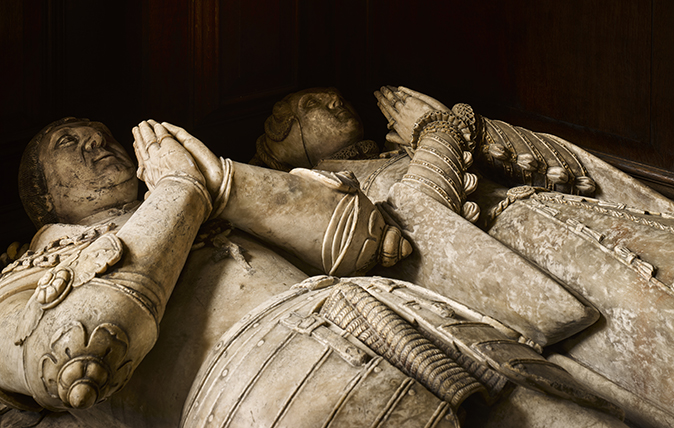
Credit: Will Pryce/©Country Life Picture Library
The Chapel of Trinity College, Oxford: A return to splendour
One of Oxford’s most admired interiors has been revived, as John Goodall reports.
Country Life is unlike any other magazine: the only glossy weekly on the newsstand and the only magazine that has been guest-edited by His Majesty The King not once, but twice. It is a celebration of modern rural life and all its diverse joys and pleasures — that was first published in Queen Victoria's Diamond Jubilee year. Our eclectic mixture of witty and informative content — from the most up-to-date property news and commentary and a coveted glimpse inside some of the UK's best houses and gardens, to gardening, the arts and interior design, written by experts in their field — still cannot be found in print or online, anywhere else.
